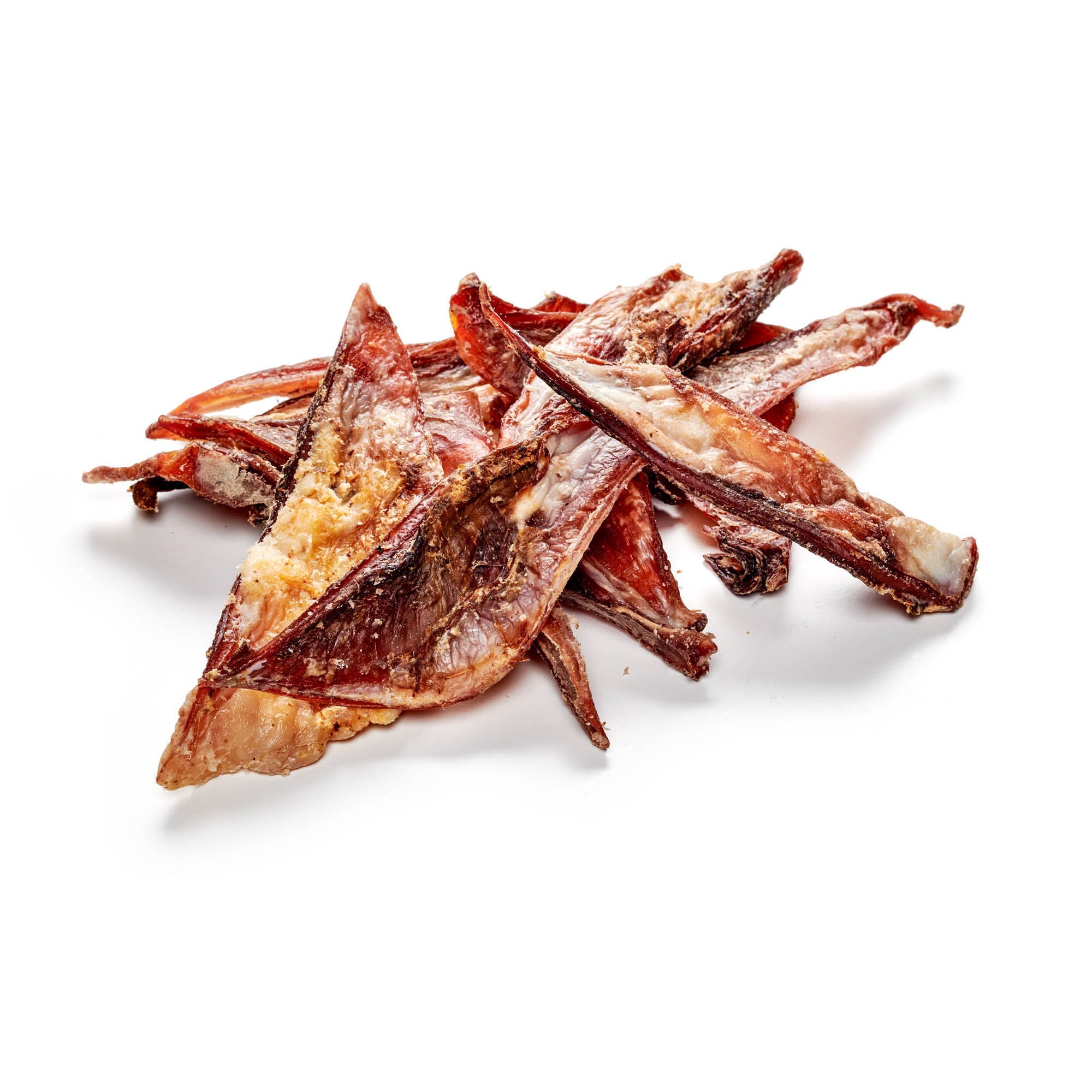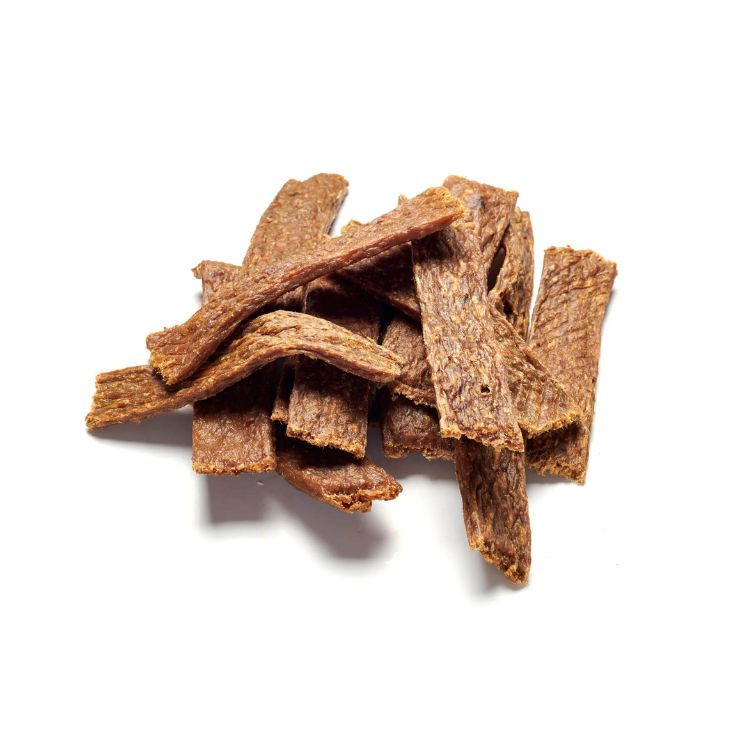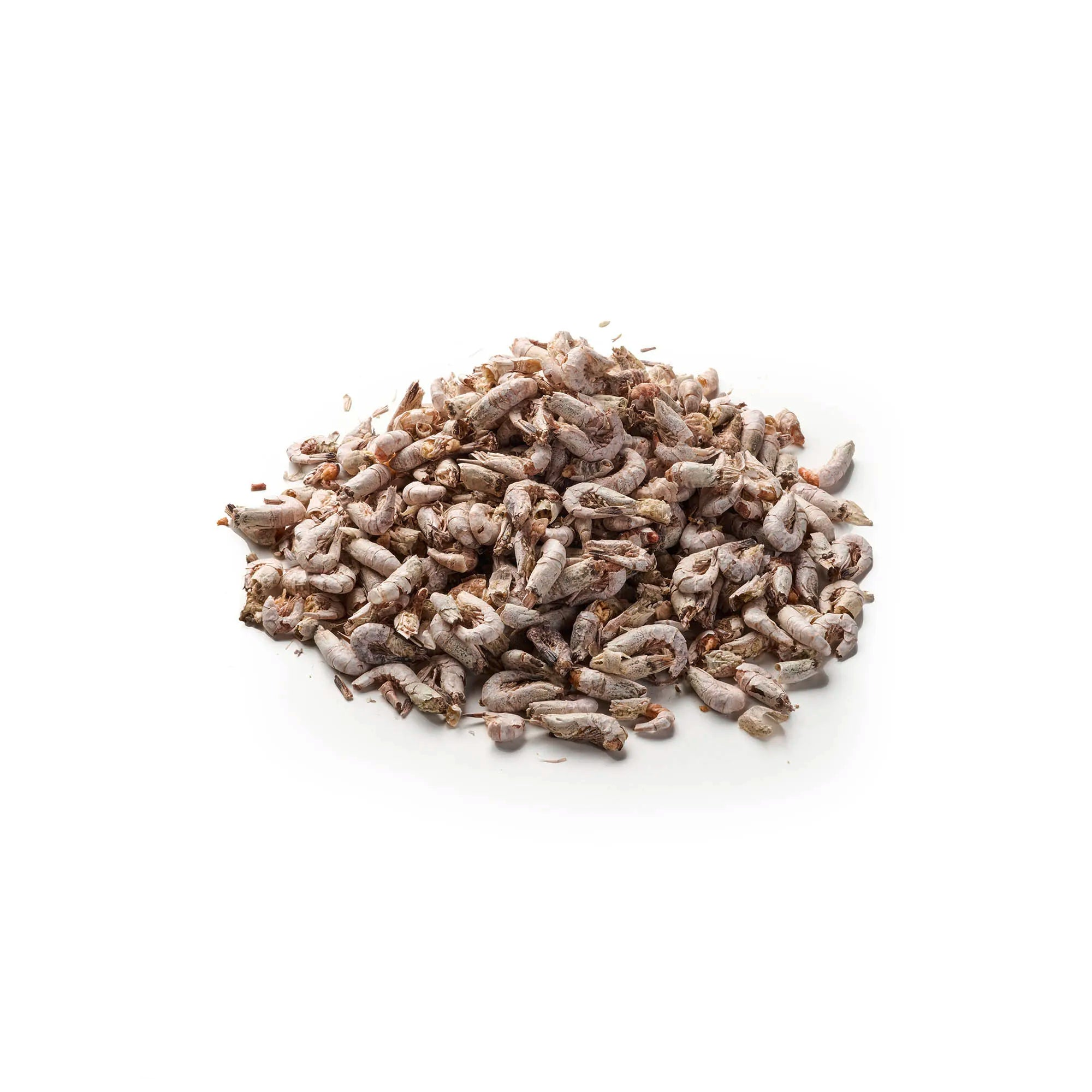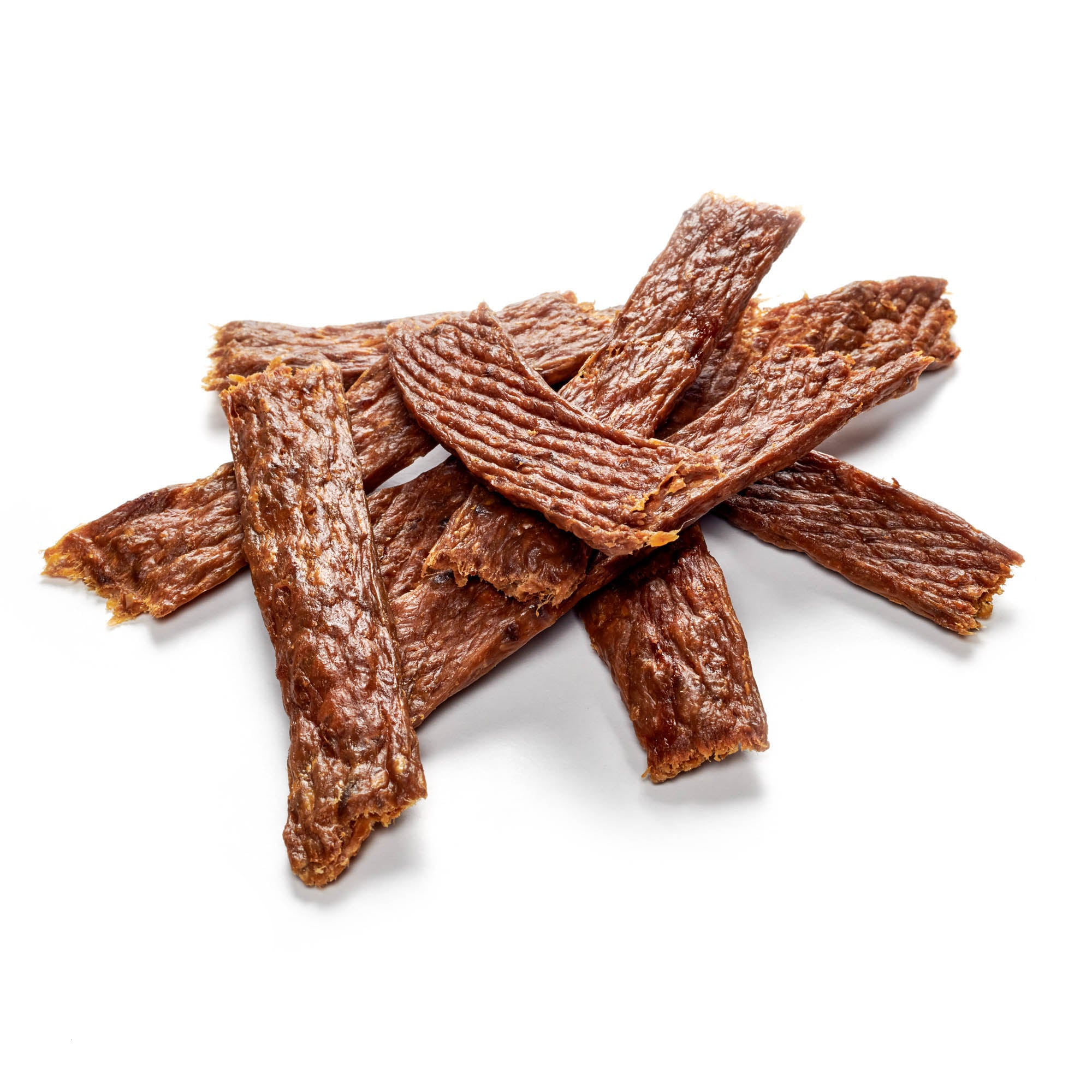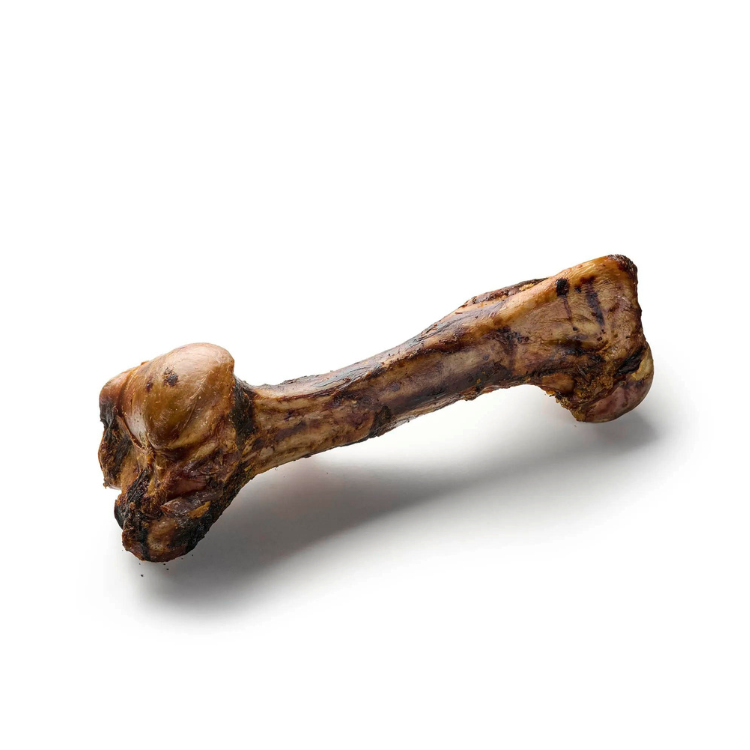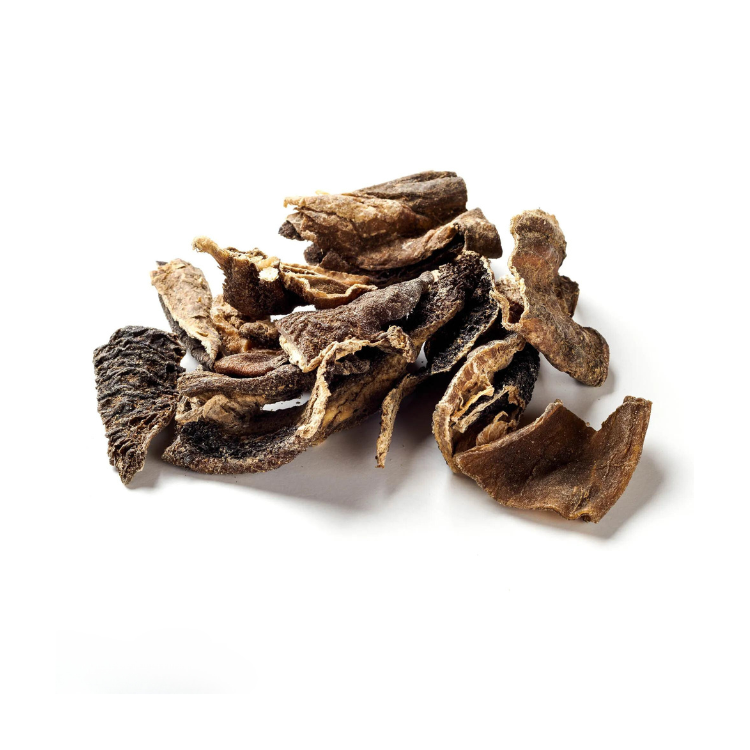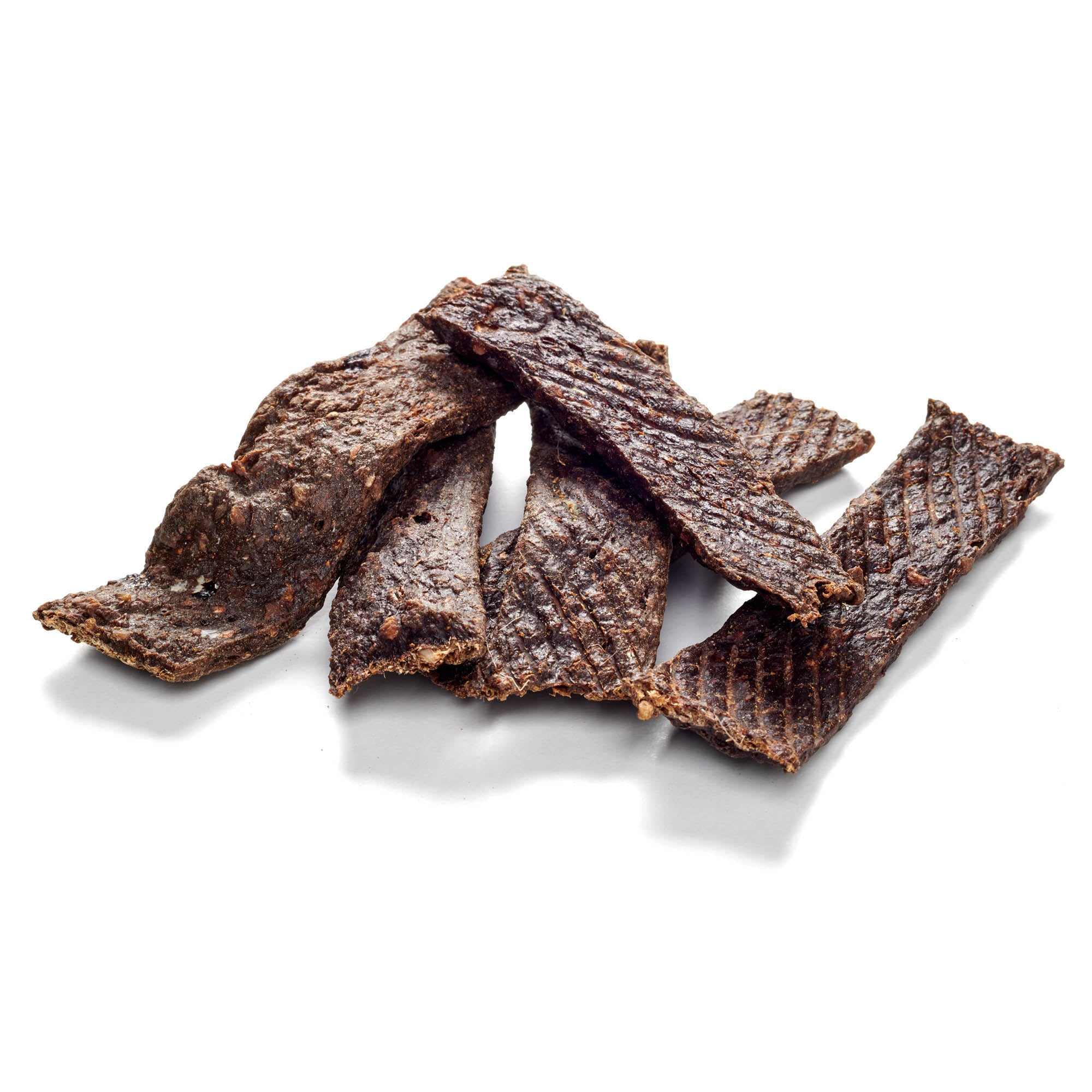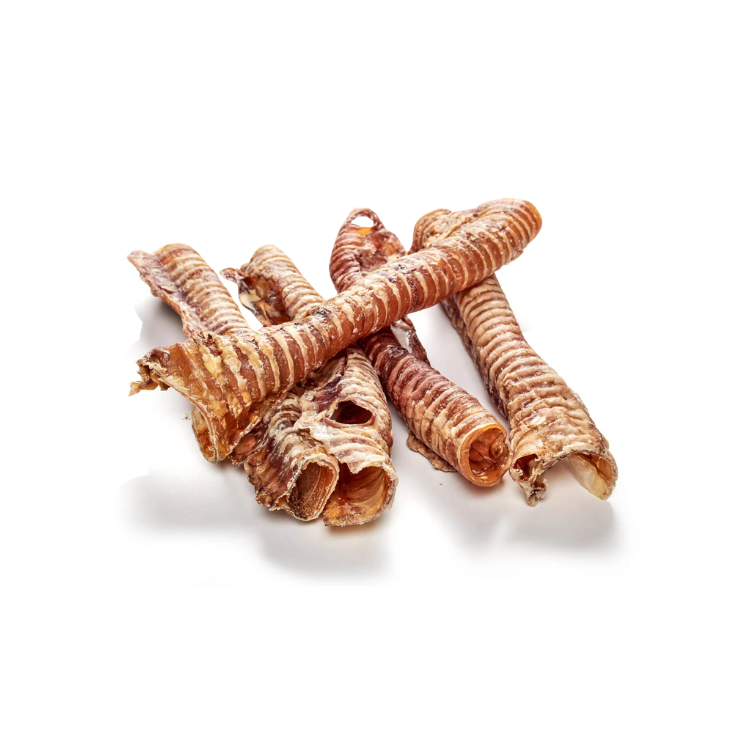
Why do dogs pant?
Share
Why do dogs pant? You've probably noticed for a long time that your four-legged friend doesn't just breathe “normally” through his nose, but that he pants with his tongue sticking out. Depending on the activity or time of year, this happens sometimes more, sometimes less - what is the reason for this, why does he do it and can it perhaps even be dangerous? This article will answer all your questions about panting in dogs. Why do dogs pant? We'll give you the answers you're looking for here.
Content: Why do dogs pant?
- Panting instead of sweating
- Good reasons for panting
- Do all dogs pant the same amount?
- Particular caution is required with the following dog breeds!
- Health reasons for increased panting
- Does my dog have heat stroke?
- That's why you should never leave your dog alone in the car!
- Conclusion
Panting instead of sweating
For dogs, panting is a substitute for sweating and part of thermoregulation: When we are too warm, our bodies secrete a slightly salty liquid - sweat. Although we would often prefer to suppress this incredibly useful function of the body, it is actually essential for our well-being. As sweat evaporates from our skin, it creates a pleasant cooling effect that protects us from overheating. Dogs also have sweat glands, but not nearly as many as humans. Instead, they cool their bodies with their mouths. How does this work, you ask? The principle is actually quite simple: the dog lets its tongue hang out of its mouth and starts panting, which means its breathing rate increases sharply - up to 300 puffs per minute. When you breathe out, warm, moist air is transported outside through the respiratory tract.
Pamper your dog with our delicious chews!
Good reasons for panting
- Great effort. When you romp around with your darling or go for a long lap through the park (here you can find out how to practice jogging with your dog), you start to sweat and your dog starts panting. The body temperature rises and he tries to cool himself down.
- Heat. In summer, in direct sunlight (especially in dogs with dark coats) or in heavily heated rooms, the body temperature also rises and panting begins.
- Age. Older dogs tend to pant more than young puppies. That's normal for now. You do not have to worry.
Do all dogs pant the same amount?
The larger and thicker a dog is and the thicker his fur, the more likely he is to feel warm and the more likely he is to pant to cool himself down. A thicker layer of fur or fat means that the body is better insulated against the cold. This property is very important for animals that live in colder areas. Let's consider the Husky as an example. While it is perfectly equipped for life in northern climes, it sometimes suffers here in our latitudes. It is therefore normal that some dogs start to pant more even with the slightest exertion, while others still keep a cool head.
Discover our selection of premium dog chews!
Particular caution is required with the following dog breeds!
All dog breeds that have a shortened muzzle, such as Pugs , French Bulldogs, and Boxers, often have breathing problems. A shortened snout results from the targeted breeding of the animals. The resulting narrowing of the nostrils and cavities and the thickened larynx make breathing very strenuous for the dog, even in resting positions. Situations in which increased panting (e.g. in the heat or due to a lot of exercise) occurs as a natural reaction sometimes represent an acute mortal danger for these breeds! If you own one of these dogs, you should pay more attention to whether it is really doing well. If you are still thinking about buying a dog, you should perhaps consider whether you would like to actively support the breeding of dog breeds with artificially shortened snouts by purchasing from a breeder.
Health reasons for increased panting
The first thing to note is that panting itself is not necessarily a symptom of a more serious problem. However, it is good to know about some possible causes and, if in doubt, ALWAYS consult a veterinarian about excessive panting, as sometimes serious illnesses such as heart problems or diabetes are behind it. In this case, a trip to the vet is essential!
- heart problems
- Anemia
- Pains
- diabetes
- Infections
- pregnancy
- poisoning
- stress
- big heat
Does my dog have heat stroke?
Heat stroke can occur when your dog's body temperature increases excessively. Symptoms can include heavy panting, a stretched neck, nervousness, staggering gait, lethargy, vomiting, diarrhea , high body temperature and very red mucous membranes.
That's why you should never leave your dog alone in the car!
High temperatures in the car can quickly lead to heat stroke. It is important that dogs are never left alone in the car, especially in warm weather.
Conclusion
Let's summarize again. Panting is a completely normal reaction of your dog to certain external stimuli in the body. It is his way of “sweating” and regulating body temperature. You should know your four-legged friend best and be able to assess whether it is “normal” panting or whether it is aggravated. Heat in general and dog sports (especially in the heat) should be avoided anyway. If you notice that your dog is no longer able to compensate for the situation by panting and that he seems significantly more exhausted, react immediately by allowing him to rest and cool down. Since increased or heavy panting can unfortunately also indicate some illnesses or serious problems, you should keep a close eye on your four-legged friend and pay attention to any permanent changes in his breathing. It is never a bad idea to discuss your concerns and observations with a specialist! They can give you individual advice, allay your fears and, if in doubt, order treatment.
Discover the range of dog snacks in our store!


